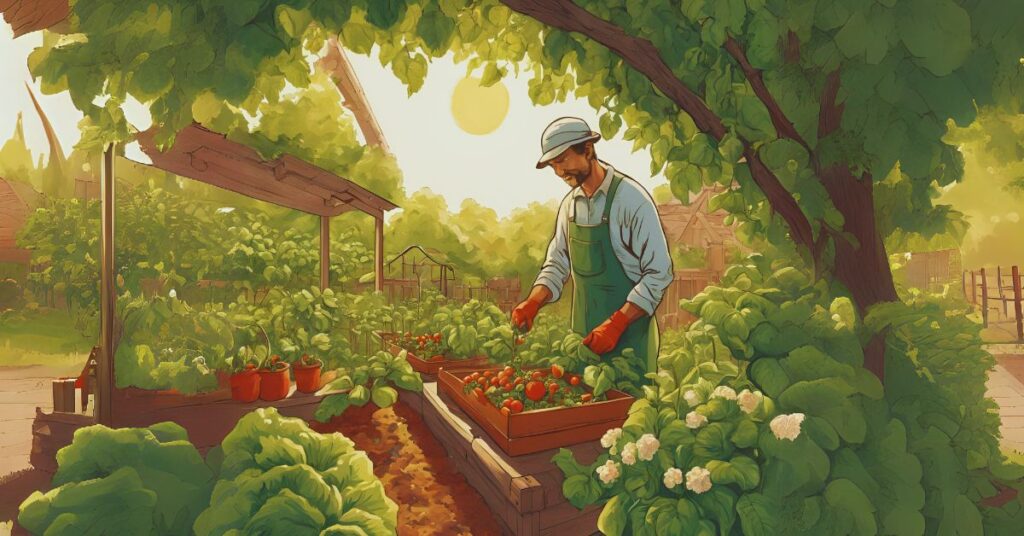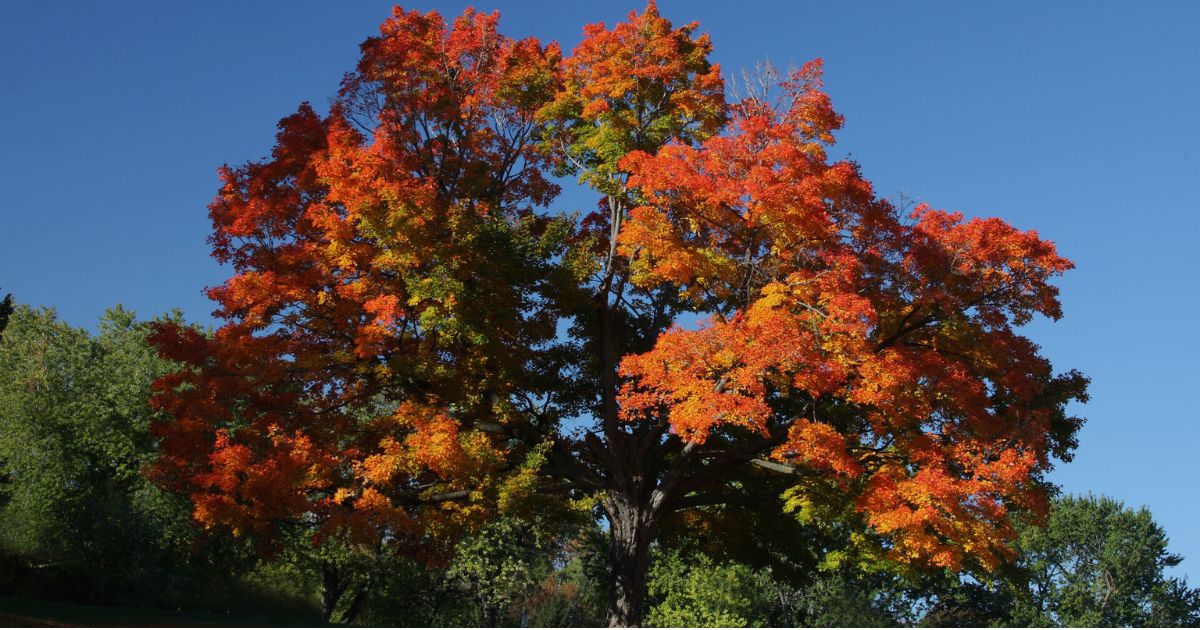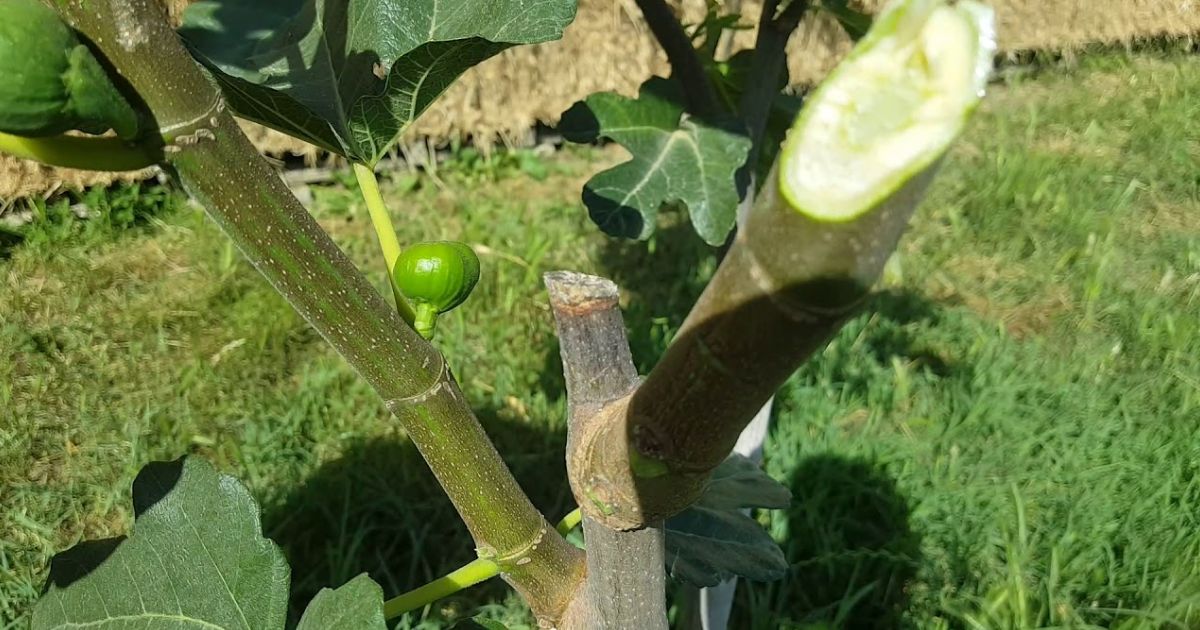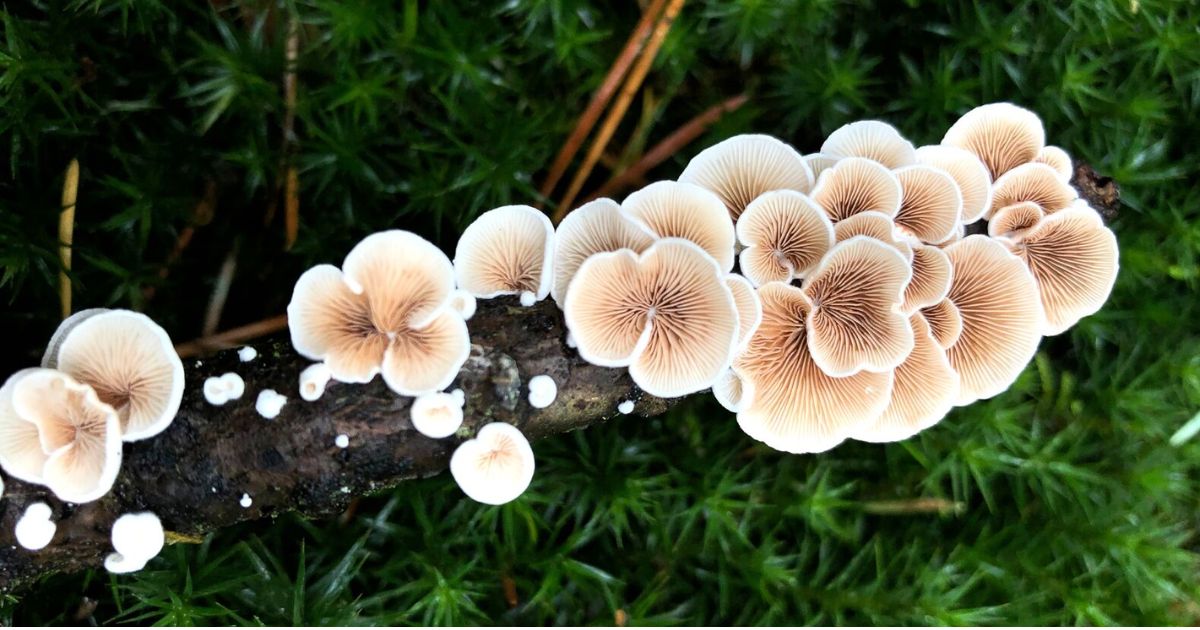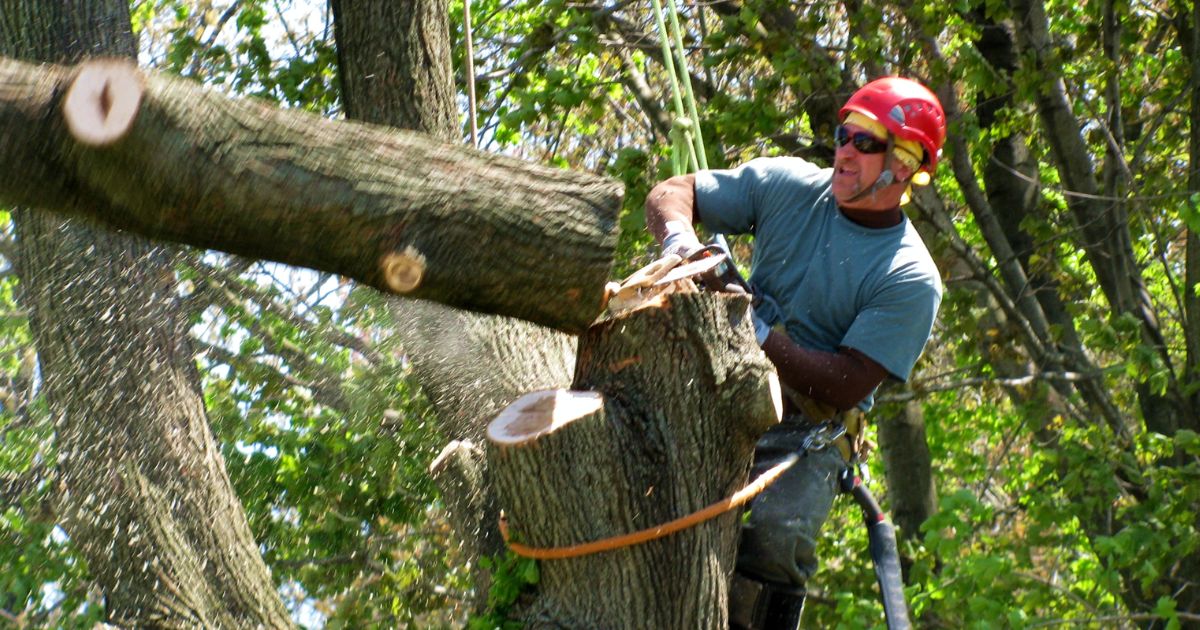Gardening can be one of the most rewarding hobbies, but nothing is more frustrating than seeing your beautiful tomatoes, zucchini, or bell peppers develop ugly, brown spots at the bottom. This problem, blossom end rot, is a common issue affecting many fruits and vegetables. If you’ve ever wondered why this happens, how to fix it, and whether affected produce is still safe to eat, you’re in the right place. This blog will discuss everything you need to know to conquer blossom end rot and save the harvest to enjoy healthy, delicious fruits and vegetables from your garden.
What Is Blossom End Rot?
In tomatoes rotting on top, blossom end rot manifests as a circle at the fruit’s base. It begins petite and pale and gradually gets bigger and darker.
Blossom-end rot is terrible for a single tomato plant flourishing in a container in my greenhouse.
There is nothing you can do to stop it once it begins. To preserve fresh growth, you must eliminate the contaminated fruits and address the underlying cause.
Before they hit the ground, some of my zucchini and spaghetti squash turned mush and ugly yellow-brown hues.
Can You Eat Tomatoes with Blossom End Rot?
When you notice a soft, brown spot on the bottom of your tomato, your first question might be: “Is it safe to eat?” The good news is that the unaffected part of the tomato is usually delicate. Blossom end rot only damages the bottom part of the fruit, leaving the rest perfectly edible if you cut away the affected area.
However, the texture and flavour might not be as appealing. For safety, always inspect the fruit to ensure no secondary rot or mould is spreading beyond the initial damage. The same rule applies to crops like bell peppers and zucchini experiencing brown on bottom of tomatoes.
What Causes Blossom End Rot?
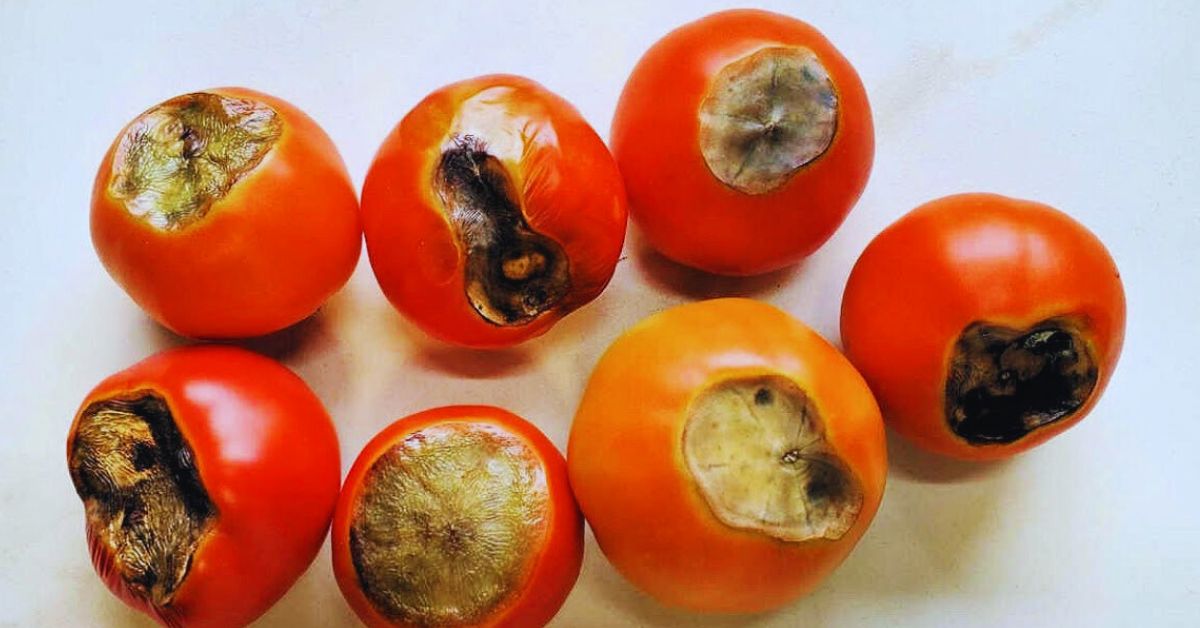
The tomato plant’s inability to supply the growing fruit with enough calcium results in blossom end rot.
There is no bacterial or fungal cause for this calcium shortage in plants. (Insecticides and fungicides are ineffective.)
Cucumbers, eggplants, tomatoes, peppers, melons, and squash can all get blossom end rot. It appears black or mushy and rotting, but some call it a “water-soaked spot.” How To Grow Hardy Hibiscus
Why don’t the plants get enough Calcium for the fruit?
It can be due to several factors, including:
- Moisture—Too little or too much—The weather has been dry this summer. I’ve lost some tomatoes to blossom end rot, even with mulch. Two local neighbours complained to me last week about their tomatoes’ black, decaying bottoms.
- Too much Nitrogen – If you cover your tomatoes with a lot of fresh manure, you can get a lot of green growth and black-bottomed fruit in return. The tomatoes may have reduced access to the Calcium in the soil due to the nitrogen salts.
- Soil too Cold at Planting – Cold soil can hinder a plant’s ability to absorb nutrients, which is more of a problem for gardeners in the north.
- Root damage due to cultivation – Digging around your plants too aggressively (for weed management, for example) could harm the roots. Additionally, this would hinder the absorption of nutrients.
- Soil pH too high or too low – Your tomatoes may have trouble thriving if the pH is too high or too low.
- Susceptible varieties – Blossom end rot is more common in some tomato types than others.
What to Do for Blossom End Rot on Tomatoes?
Blossom end rot happens when the plant isn’t getting enough Calcium, often due to inconsistent watering or poor soil conditions. To fix this:
- Improve Soil Health: Test your soil for calcium levels and pH. If it’s lacking Calcium, add lime or gypsum as a natural amendment.
- Water Consistently: Irregular watering can make it hard for plants to absorb Calcium. Aim to water deeply and regularly, especially during dry spells.
- Mulch Your Plants: Mulch helps retain moisture, keeping the soil evenly hydrated and reducing plant stress.
- Avoid Over-Fertilizing: Too much nitrogen can interfere with calcium absorption. Use a balanced fertilizer designed for tomatoes and other fruits.
Addressing these factors can reduce the chances of your tomatoes developing blossom end rot.
Does Epsom Salt Help Blossom End Rot?
Epsom salt is sometimes suggested as a “cure-all” for tomato plants, although it is not a practical option for preventing blossom end rot. It may even exacerbate the issue.
Magnesium sulfate is an Epsom salt. It does not contain Calcium. Because calcium and magnesium ions compete for the same spaces in plants and soil, too much magnesium may worsen a calcium deficit. The solutions above are preferred to increase calcium availability.
Can Overwatering Cause Blossom End Rot?
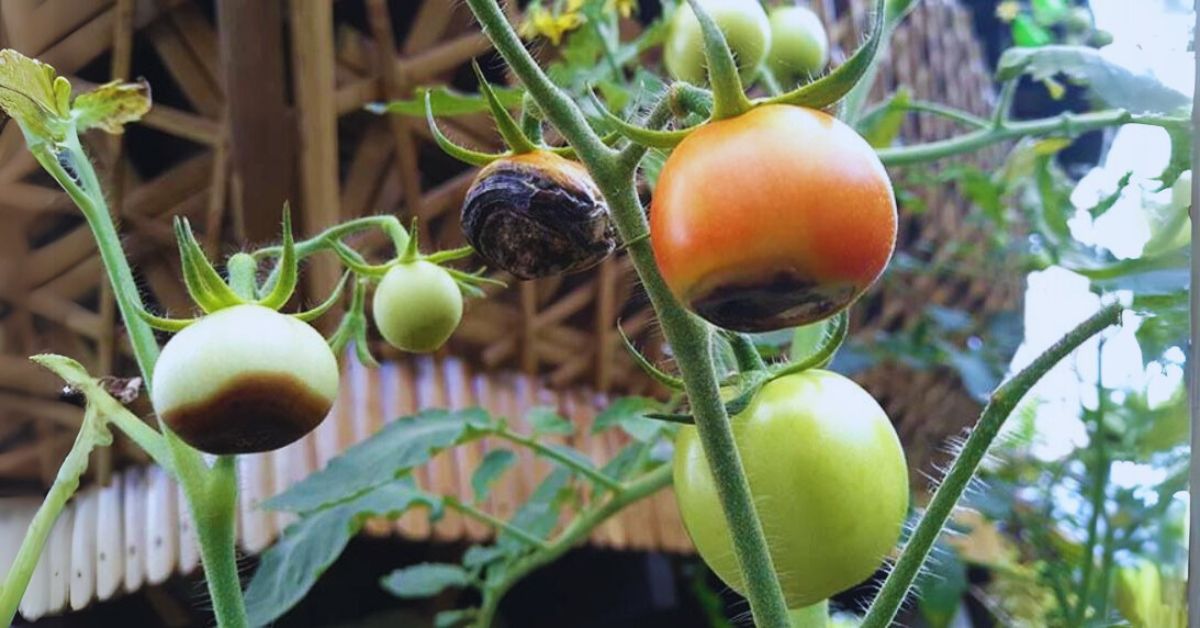
You’re right. BER can be brought on by either too much or too little water or abrupt changes between the two. Use the techniques mentioned above to assist in maintaining uniform soil moisture.
I appreciate your experience with whether cultivars are more or less likely to be impacted by blossom end rot in your region. Please share any questions you may have or any helpful hints I may have overlooked.
Are Blossom End Rot Tomatoes Edible?
You can eat tomatoes with blossom end rot if the affected area is removed. The condition isn’t caused by pests or diseases but by a nutrient imbalance. It means it won’t harm you if you consume the unaffected parts.
However, fruits with blossom end rot may have a softer texture or slightly altered flavour. While perfectly safe, they might not be the best option for salads, but they can still be used in sauces or soups.
Can I Eat Blossom End Rot Tomatoes?
The short answer is yes but with caution. While consuming the healthy parts is safe, always check for signs of mould or unpleasant odours before eating. Blossom end rot is a sign that the plant is struggling, and addressing it early will save future fruits from being affected.
Want the Secret to Strong and Healthy Plants?
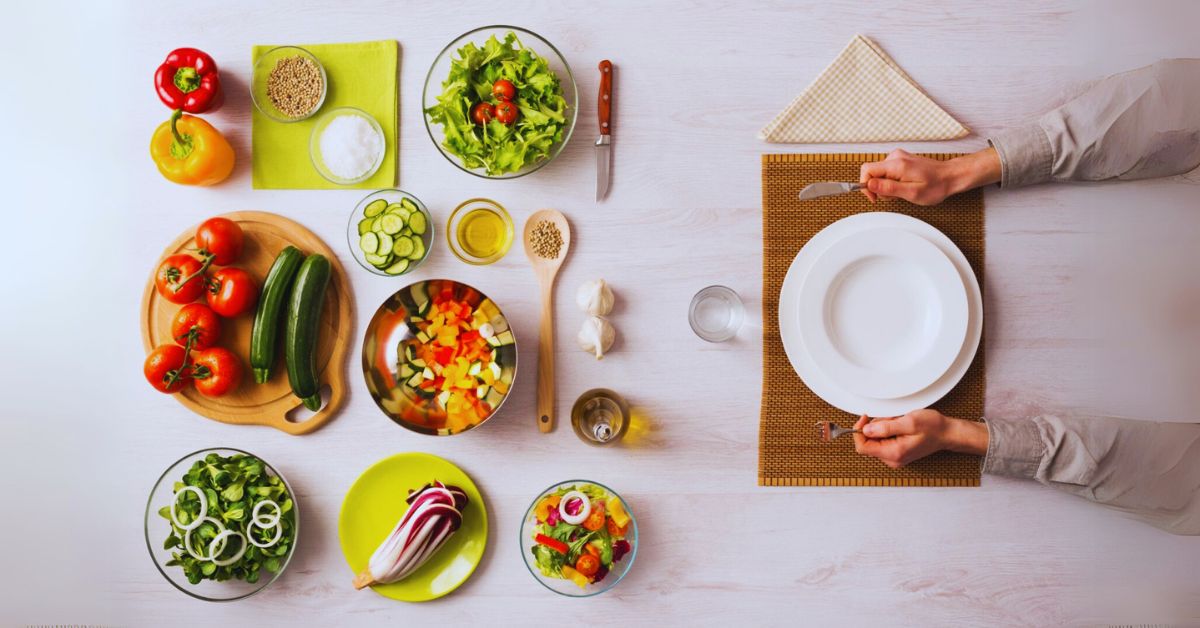
Preventing blossom end rot starts with healthy plants. Here are some tips to keep your garden thriving:
- Start with Quality Supplies: Use high-quality seeds, soil, and fertilizers. Reliable gardening supplies can make all the difference.
- Add Calcium to the Soil: Crushed eggshells, bone meal, or store-bought calcium sprays can help prevent calcium deficiencies in your garden.
- Rotate Your Crops: Growing the same plants in the same spot every year can deplete nutrients. Crop rotation improves soil health.
- Inspect Plants Regularly: Early detection of problems like browning on the bottom of tomatoes or blossom end rot in zucchini gives you time to act before it spreads.
Where to Buy Tomato Growing Supplies?
Investing in the right tools and products is essential to conquering blossom end rot and saving the harvest. Look for trusted gardening centres or online stores that sell:
- Soil test kits
- Calcium-rich fertilizers
- Mulching materials
- Sturdy tomato cages and stakes
Popular online retailers like Amazon or Home Depot offer various gardening supplies to help keep your plants healthy.
Tomatoes Keep Rotting? Here’s a Tomato End Rot Cure
Don’t give up if your tomatoes keep rotting despite your best efforts! A long-term solution might include:
- Amending the Soil: Adding compost or aged manure can improve the overall nutrient profile of your soil.
- Drip Irrigation Systems: These systems ensure consistent watering, reducing the risk of calcium deficiency.
- Regular Monitoring: Watch for early signs of blossom end rot, such as brown spots on the bottom of tomatoes, and act quickly.
Conclusion
Blossom end rot can feel like a gardener’s worst nightmare, but it’s not the end of the world. Understanding the causes and taking preventive measures can blossom end rot bell pepper. Remember to maintain consistent watering, test your soil, and use calcium-rich fertilizers to keep your garden thriving.
With a little effort, your plants will reward you with healthy, delicious fruits and vegetables that are a joy to grow and eat.

